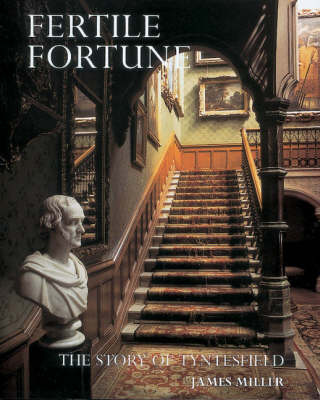Tyntesfield, with its pinnacles and turrets and its soaring Gothic chapel set against a backdrop of hanging woods, is a magical place. In 1843 William Gibbs bought the house, then a modest Regency villa just outside Bristol, and began to enlarge it, using his huge fortune from guano - bird droppings from South America - that made excellent agricultural fertilizer. Antony, their eldest son, shared his parents' religious beliefs and appreciation of Gothic architecture. He moved into Tyntesfield with his family in 1890, following major alterations to the house. His love of craftsmanship can be seen not only in the decorative details of the house, but also in the objects that he collected. Antony's portrait shows a country squire, with gun in hand, but his son George, who inherited the estate in 1907, pursued a much more luxurious lifestyle, carrying through a program of redecoration of the house, and major changes to the garden and estate. In 1928 he was made Baron Wraxall of Clyst St George. George died unexpectedly in 1931, leaving his elder son Richard heir to the estate at the age of three. For half a century Tyntesfield was presided over by Richard's mother, Ursula, Lady Wraxall.
After her death, Richard led a very quiet life here, making it one of the most mysterious and least-known of English country houses. This book traces the history of the house and estate through the four generations of the Gibbs family and their various interests.
- ISBN10 0707803764
- ISBN13 9780707803760
- Publish Date 1 January 1999
- Publish Status Transferred
- Out of Print 30 October 2013
- Publish Country GB
- Imprint National Trust
- Format Hardcover
- Pages 192
- Language English
